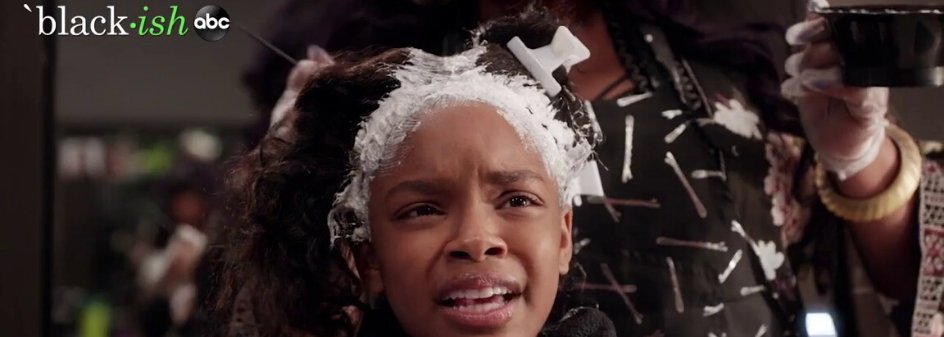How to Nurture Your New Baby Locs
Not everyone starts their loc journey with new baby locs, but those who do may experience moments of confusion and fear, uncertain if their budding locs are growing in as they should. You may choose to start your locs from the very beginning to ensure your locs grow in healthy and strong without any chemicals you may have used in the past, and what better place to start than the very beginning? But as you may very well know, all transitions come with their highs and lows. Here’s what to expect during your first beautiful stage with your young baby locs.
A few days in... In the beginning your hair may look very neat and healthy, but then something seems to deviate, changing the course you thought you were carefully treading. The good news, or maybe the difficult news, is that it’s normal if the hair begins to look somewhat fuzzy or frizzy, and perhaps the clear defined lines may begin to blur. You may think things aren’t going according to plan, but in fact, they are, so sit tight, even if your hair begins to slightly loosen.
Washing baby locs
As you may have guessed the less you stress or bother the hair, the more orderly it will appear. However, with that said, it doesn’t mean you shouldn’t be washing your hair at all, because if you don’t, your scalp will certainly protest and make it clear that it’s time to give it a good wash. Unlike loose natural hair, locs do not require a lot of styling agents such as oils, creams, waxes & butters. Therefore the washing recommendation will increase from every two weeks to around every 4-6 weeks. Be sure to only scrub at the surface of the scalp while gently washing the rest of the scalp. Some people may be a little hesitant to wash in the beginning stages of locking, not wanting to ruin their locs. If this is the case for yourself find a trusted loctician to help you with this process.
What to Avoid
It’s only natural that we reiterate how important it is to avoid over washing/re twisting at this stage, but it is just as important to avoid under washing. Not taking care of your scalp may reverse the process, cause dandruff, and leave flakes inside your youthful locs. So, make sure to pay close attention to the temperament of your scalp and give it the love and care it needs to keep the new growth growing in strong and healthy, ready for a twist. Then of course, it’s important if you’re going the natural route, to stay clear from wax and heavy creams, otherwise you will have build-up very early on, which threatens the life cycle of your locs. No thank you. Also, make sure to use natural products when washing and conditioning your locs. Of course you don’t want your locs to get too soft, otherwise they will slip out of their new posture, but it is important to keep them growing in healthy and clean.
Keep up that Maintenance routine
Each phase will ask for a shift in your standard maintenance routine, but it’s especially important during your baby loc phase to secure a routine that works for you and your hair. Baby locs require a lot more TLC, hence the name, “baby locs,” but keep up the great work and the results will be praiseworthy! Maintain your new growth about every 4-6 weeks. Six weeks being the absolute max and opt for a satin scarf if the frizz or fuzz is something you just can’t deal with in the next few days. Satin scarves are also great to sleep in and wear around the house to avoid any dirt or debris from clinging to your scalp or new growth. This stage can take up to 6 months to a year for some people, so embrace the change and don’t lose sight of all the awesome benefits of your beautiful locs.




